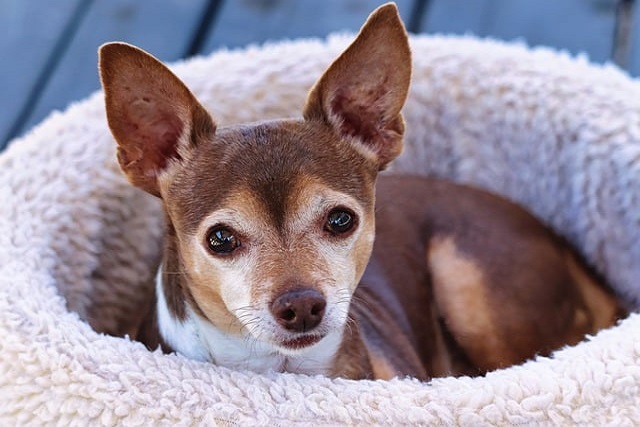
do dog clothes help with shedding
You’ve just deep-cleaned your Boston apartment, only to watch your Golden Retriever shake and unleash a fresh blizzard of fur onto your sofa.
In our daily lives, dog walking is not only an important way for dogs to exercise and socialize, but also an opportunity for owners to communicate with neighbors. Correctly and appropriately introducing your dog to others can not only show the dog's good condition and eliminate other people's concerns, but also enhance each other's understanding of pets and create a harmonious human-pet symbiotic environment. Below, we will explore in depth from different angles how to properly introduce dogs when walking.
Understanding the dog's personality is the basis for introducing dogs. Each dog has a unique personality, which may be lively and active, or gentle and quiet, or alert and sensitive. In daily interactions, owners should carefully observe the dog's behavior and grasp its personality characteristics. For example, some dogs wag their tails and pounce on people enthusiastically when they see people, which shows that they are friendly and sociable; while some dogs hide behind their owners and remain vigilant to strangers, which shows that they are timid. When introducing dogs to others, we can use simple language to describe their personality so that the other party can understand the dog's behavior pattern in advance to avoid unnecessary misunderstandings and panic. For example, when a child wants to interact with a dog, the owner can say: "My dog is very lively. It likes to play with children, but it may be a little enthusiastic. You don't have to be afraid." Such an introduction can not only make children feel the friendliness of the dog, but also prepare them mentally in advance to prevent being frightened by the dog's overly enthusiastic behavior.
Being familiar with the breed characteristics of dogs is also an important part of introducing dogs. Dogs of different breeds have different appearance characteristics, behavioral habits and historical backgrounds. Knowing this information can not only make us more professional when introducing dogs, but also increase the fun of the topic. For example, Border Collies are one of the smartest dog breeds in the world. They have strong herding instincts and are energetic; French Bulldogs are loved by people for their cute appearance and gentle personality. They do not need a lot of exercise and are suitable for raising in urban apartments. When introducing dog breeds to others, we can also share some interesting knowledge related to the breed so that the other party can have a deeper understanding of the dog. "This is a border collie. It is very smart and has a strong learning ability. It can be seen in many shepherd dog competitions. And it is very energetic and needs a lot of exercise every day." Such an introduction can not only give the other party a clearer understanding of the dog's breed, but also arouse the other party's interest and further communication.
 Health status is an important part of introducing a dog. When people come into contact with dogs, they are most concerned about whether the dog is healthy and whether it carries germs. Therefore, when introducing the dog, the owner should take the initiative to mention the dog's health status to reassure the other party. For example, we can say: "My dog is vaccinated on time and has regular physical examinations. It has always been very healthy." In addition, if the dog has some special health problems, it should also be told to the other party truthfully. For example, the dog is allergic to certain foods, or suffers from skin diseases, etc, so as to avoid the other party from doing some behaviors that may be detrimental to the dog's health because of not understanding the situation.
Health status is an important part of introducing a dog. When people come into contact with dogs, they are most concerned about whether the dog is healthy and whether it carries germs. Therefore, when introducing the dog, the owner should take the initiative to mention the dog's health status to reassure the other party. For example, we can say: "My dog is vaccinated on time and has regular physical examinations. It has always been very healthy." In addition, if the dog has some special health problems, it should also be told to the other party truthfully. For example, the dog is allergic to certain foods, or suffers from skin diseases, etc, so as to avoid the other party from doing some behaviors that may be detrimental to the dog's health because of not understanding the situation.
When introducing a dog, the choice of timing is also crucial. When the dog is in a relaxed and calm state, it is the best time to introduce the dog. If the dog is in an excited, nervous or uneasy state, it may do some abnormal behaviors, and introducing the dog at this time may cause misunderstandings to the other party. For example, when a dog sees other dogs, it becomes extremely excited, barking and pulling the leash constantly. At this time, the owner should first calm the dog down and then introduce it to the dog after it calms down. In addition, when introducing a dog to others, pay attention to the other person's reaction. If the other person shows interest in the dog and actively asks about the dog, we can introduce it in detail; if the other person is not interested in the dog, or shows fear or avoidance, we should not force the introduction to avoid causing trouble to the other person.
There are many ways to introduce a dog. In addition to verbal introduction, some auxiliary tools can also be used. For example, we can make a dog's business card with the dog's name, breed, age, personality characteristics and the owner's contact information printed on it. When we meet someone who wants to know about the dog, we can directly hand the business card to the other person, which can not only allow the other person to have a more comprehensive understanding of the dog, but also avoid misunderstandings caused by unclear verbal introductions. In addition, we can also share photos and videos of the dog on social media to record the dog's growth and let more people know the cuteness and fun of the dog.
Introducing a dog while walking the dog is not just a simple information transmission, but also an emotional exchange. By properly introducing dogs, we can help more people understand the loveliness and loyalty of dogs, eliminate people's prejudices and misunderstandings about dogs, and create a more friendly and inclusive social environment for dogs. Let's start with every dog walk, and use sincerity and enthusiasm to build a bridge for dogs to communicate with the world.

You’ve just deep-cleaned your Boston apartment, only to watch your Golden Retriever shake and unleash a fresh blizzard of fur onto your sofa.
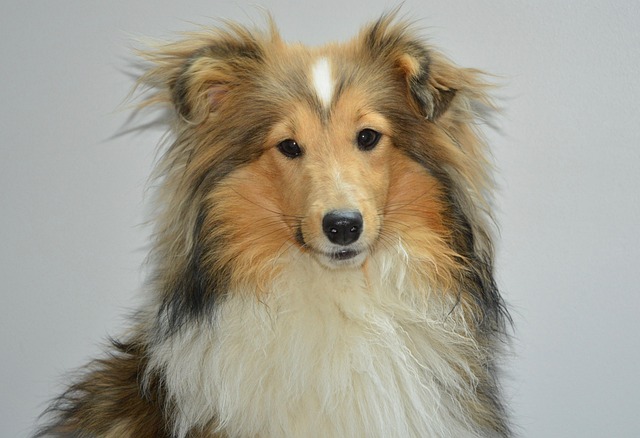
Bringing a tiny furball into your home feels like welcoming a pocket - sized bundle of joy. But with their petite frames comes a common question: Do smaller dogs actually face more health issues?

That telltale click-clack echoing across your hardwood floors isn’t just a quirky soundtrack to your dog’s movements—it’s often the first sign their nails need attention.
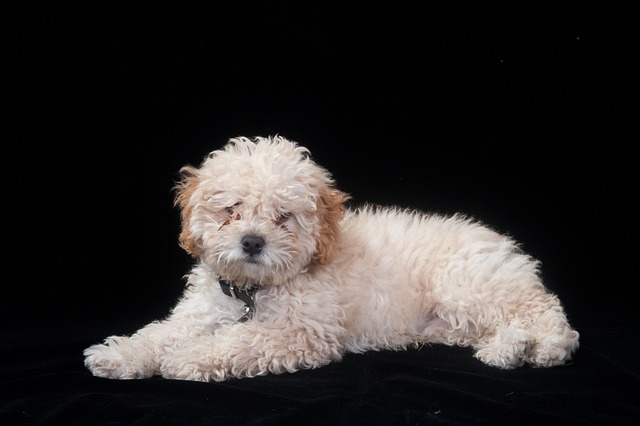
You just adopted Thor, your energetic Siberian Husky, and now your apartment resembles a snowstorm in July. That magnificent double coat
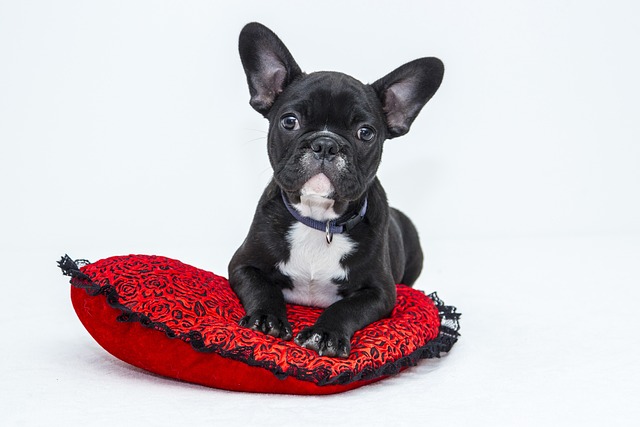
You might've seen your local groomer in California spritz Fido with a spray bottle during his wash, catching a faint whiff of something sharp – like salad dressing gone rogue.
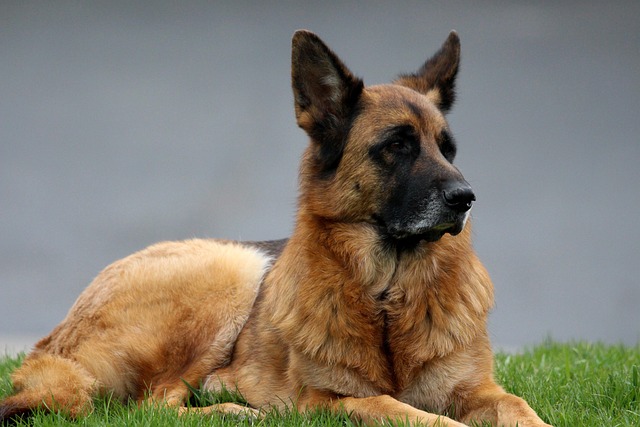
Seeing your tiny furball’s bright eyes and wagging tail is pure joy, but a less glamorous part of pet parenthood is keeping those little chompers clean.